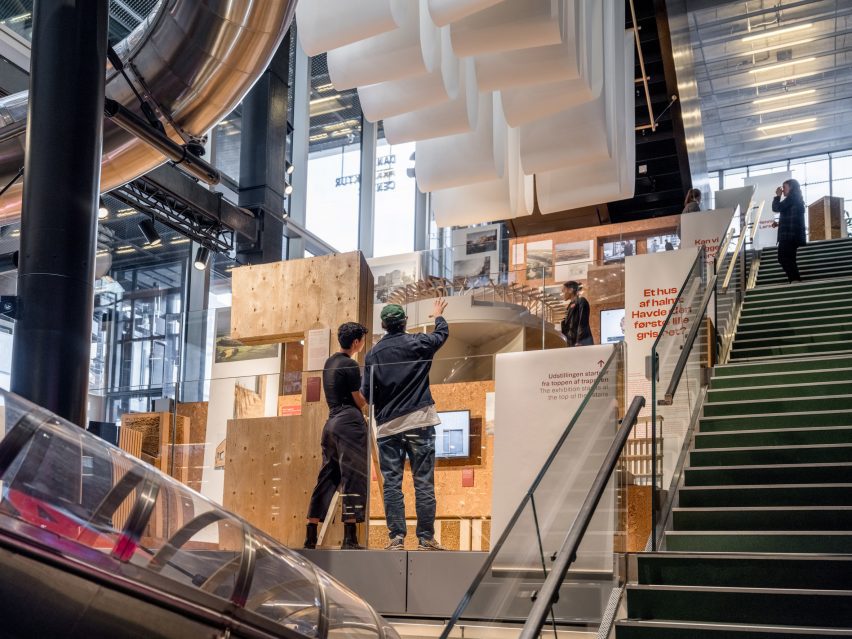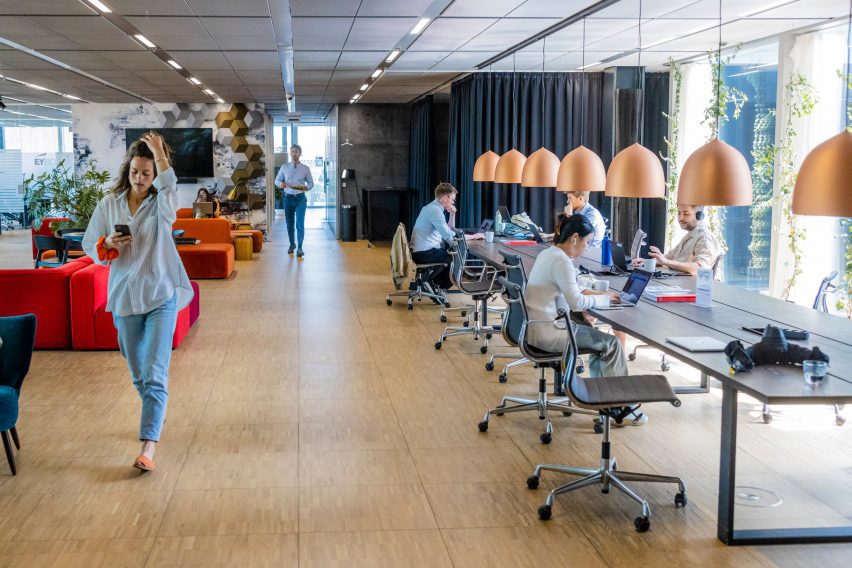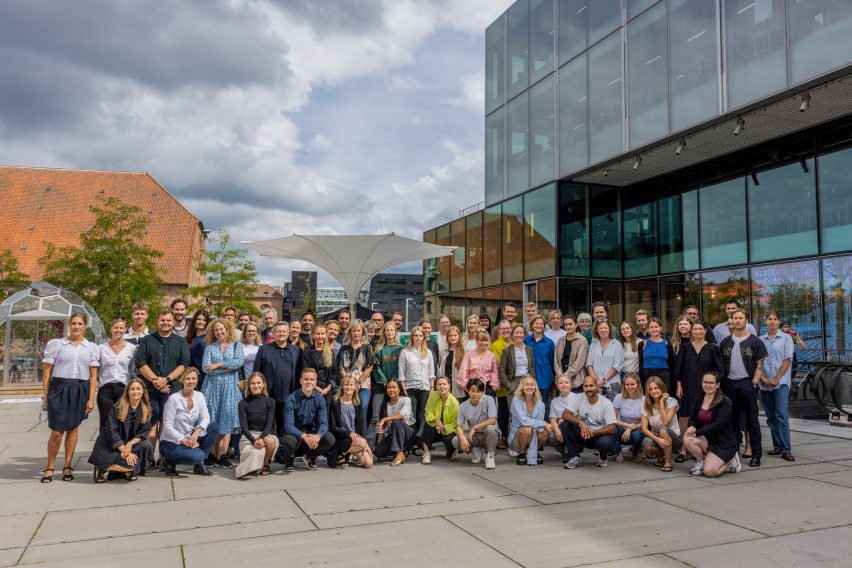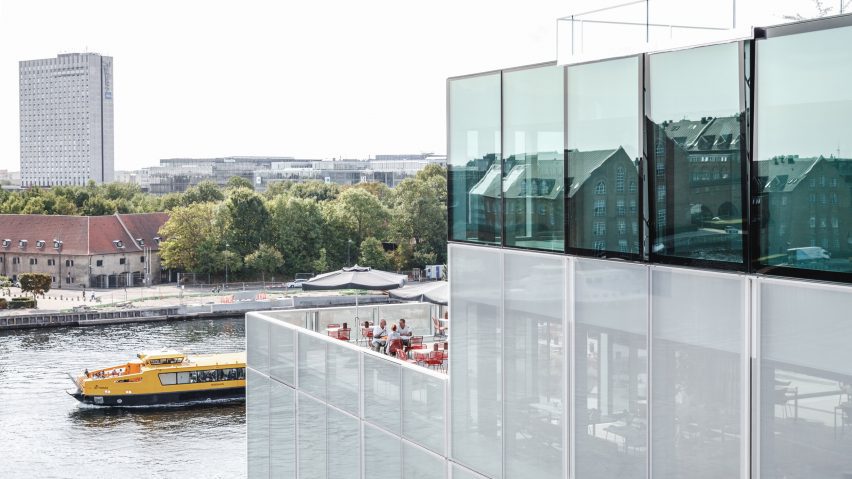BLOX is the home of architecture and design in Copenhagen
Promotion: the OMA-designed, multifunctional BLOX building on the Copenhagen harbourside aims to promote interdisciplinary thinking to help build a more sustainable future.
Home to four organisations that focus on architecture, design and creativity, BLOX welcomes more than 250,000 visitors each year, while more than 1,000 people work at the building.

With BLOXHUB, Danish Architecture Center, DDC – Danish Design Center, and Creative Denmark all located in the building, it aims to be a "cross-disciplinary ecosystem" focused on collaboration.
"We need to collaborate closer than ever and innovate across sectors, competencies and borders," said Majken Kalhave, executive director at Creative Denmark and a member of the BLOX management team. "Otherwise, we will not be able to translate our common agenda of sustainability into practices."

The focus on collaboration between disciplines aligns with the calls to action made at the recent UIA World Congress of Architects, which was hosted in Copenhagen last year. At the event, BLOXHUB hosted a series of nine science talks including with the International Centre for Climate Change and Development (ICCCD) director Saleemul Huq.
By providing a space for professions across the built environment and creative industries, BLOX aims to encourage discussion and dissemination of information needed to create within an increasingly complex world.
"Both the private and public players are taking in new knowledge and getting better at exchanging it," said Kalhave. "You cannot do it alone if you want to build spaces that cater to all of life," she continued. "We are here to support that movement."

Each of the organisations within the building share this aim, with BLOXHUB, focused on sustainable urbanisation, DDC – Danish Design Center aiming to create sustainable growth through design, Creative Denmark highlighting the work of creative industries in the country and Danish Architecture Center being an international destination offering tours and exhibitions.
All four organisations are currently involved in the EU-supported Desire project, which aims to transform neighbourhoods across Europe.
"It is an important project for us," said BLOXHUB CEO Torben Klitgaard, who is part of BLOX's management. "It exemplifies how our combined skill sets can be put to use and address several challenges at once, such as citizen involvement, climate resilience, and biodiversity prioritisation."

Along with encouraging collaboration between disciplines, one of BLOX's core aims is to involve the public alongside professionals in the growing discussions surrounding the future of our cities.
Through talks, exhibitions, workshops and tours, over a quarter of a million people are exposed to the professional discussions taking place within the building.
"Citizens are primary stakeholders in the building process and BLOX reflects that," continued Klitgaard.
Earlier this year Danish Architecture Center filled its space with models that explore the history and future of the city's buildings and landscapes. Named Copenhagen in Common, the exhibition showcased the city's best and worst architecture.
Next year it will explore architecture's physical and mental impact on people through its Aware exhibition, which is being created in collaboration with Danish architecture practice 3XN. This exhibition continues BLOX's ethos of engaging visitors to make systemic change.
"If we want to rethink our systems, we must take into account what is instinctively meaningful and desirable. To achieve this, we must apply creativity to make the sustainable choice irresistible," explained Kalhave.
Having opened in 2018, the BLOX building contains a co-working space and apartments, as well as four sustainability-focused organisations. It was designed by Dutch studio OMA as a "mini-city", with a series of stacked green-glazed blocks arranged around a road that runs through the site.
Find out more about BLOX on its website.
Partnership content
This article was written by Dezeen for BLOX as part of a partnership. Find out more about Dezeen partnership content here.